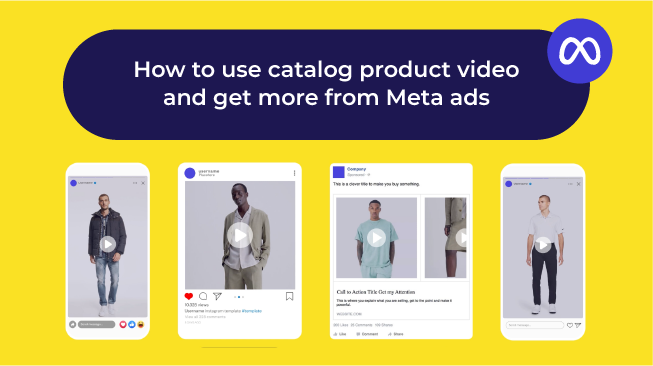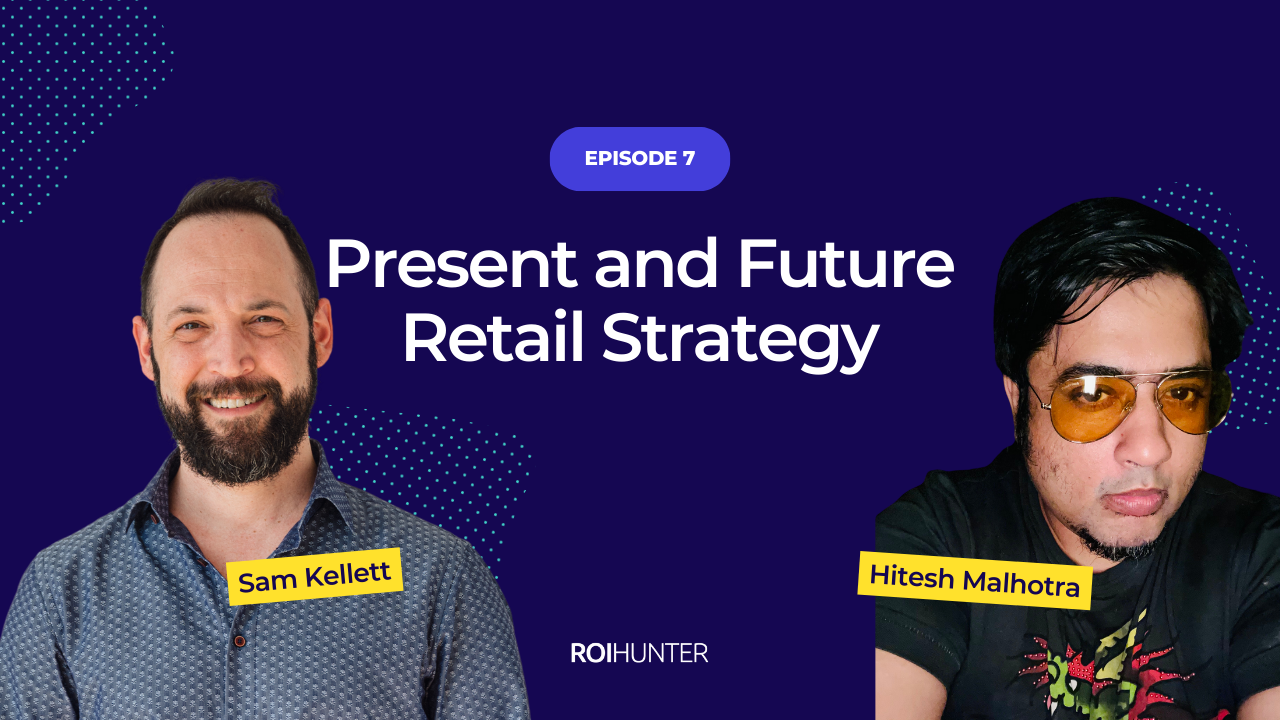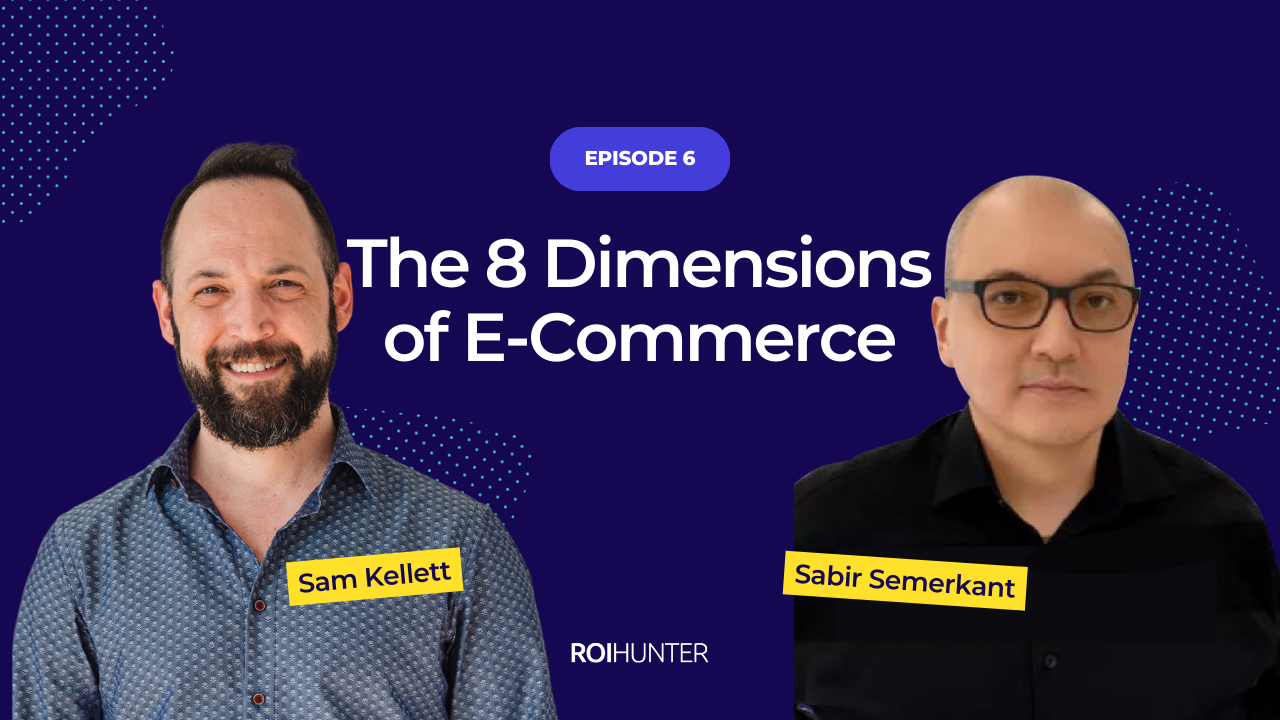Measuring the revenue generated by online marketing campaigns has become a standard over the last decade. A wide variety of analytic tools are available to understand the return on advertising spend (ROAS). There is one challenge with that - not all the products generate the same profit and what could look like a high performing campaign, might be just a waste of money.
Let’s demonstrate this on the example of a fictive company. To keep things simple, let’s assume that the company only sells Product A priced at 200 and Product B priced at 120. The company spent 1,000 for ads per product and sold 20 units of each.
In the world where a majority of campaigns are optimized and measured based on Revenue (usually referred to as “Transaction value”) most of the advertisers would do the following calculation:
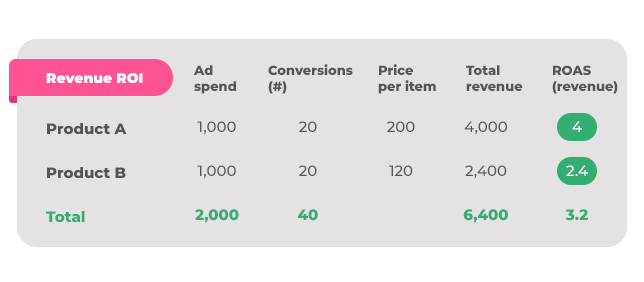
The return on ad spend (ROAS) is 4 and 2.4 respectively - meaning the revenues generated exceed the ad spend - the company is happy and keeps investing in the campaigns for both products.
However, not all products are the same in terms of the profit they generate for the business.
Let’s assume that Product B generates much higher profit per item. This could be because the product has a better retail margin, the company managed to buy a big batch of this product at a low price or a wide variety of other reasons. In any case, for e-shops, it is widespread to have a very different profit per product.
If the profit information were readily available in the analytics system, the marketer would see the following data:
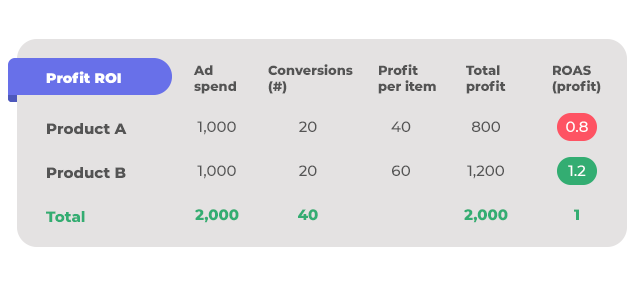
Suddenly, we see that 1,000 invested in promoting Product A does not have a positive ROAS. The company actually generated the loss from every unit of Product A they sell through ad campaigns. In this case, they spent 1000, and their profit is 800, which means they lost 200.
Now, this might be on purpose - e.g., they want to become a market leader and are willing to sell products at a loss to gain market share, or they are trying to sell out their excessive inventory. That is obviously fine, as long as it is a conscious decision with a well-planned strategy behind it.
Unfortunately, in most cases, this happens without anyone in the company knowing and the teams are celebrating positive Revenue ROAS.
So what?
We believe that optimizing campaigns based on the profit rather than revenue can unlock great opportunities and significantly contribute to company’s profitability. However, we understand that while the margin per product information exists in most companies, it is either not available to the marketer or it is hard to use it for campaign optimization at scale.
ROI Hunter solution
ROI Hunter platform is very open and allows customers to integrate data e.g. from their internal pricing software, business intelligence and other sources. We match this data to the right ads and products for customers to see it as an additional metric that can be used to evaluate, optimize and automate campaigns with no extra effort. In this case we would build an endpoint to ingest product level margin data, so you can always see if your ads are really profitable. By adding margin data directly to your product feeds, you can use it to further optimise your Dynamic Ads as well.
We have already done this with one of the leading e-commerce companies in Europe - Allegro. Take a look at the case study here.
If you are curious about what we could do for your company, get in touch with us!

